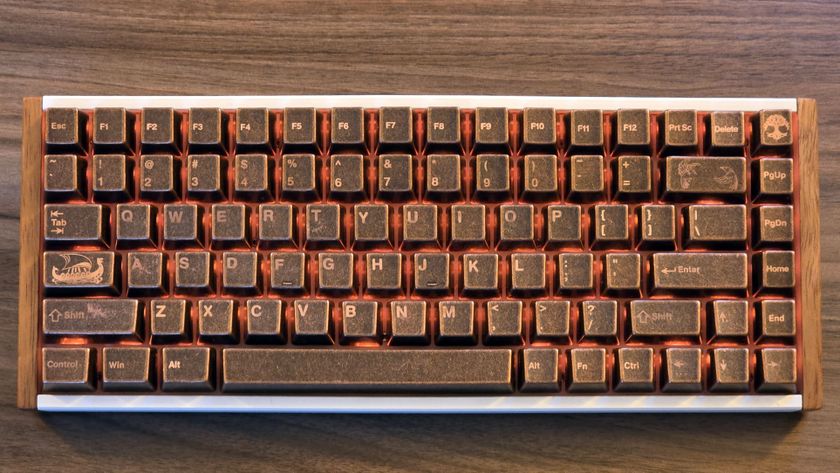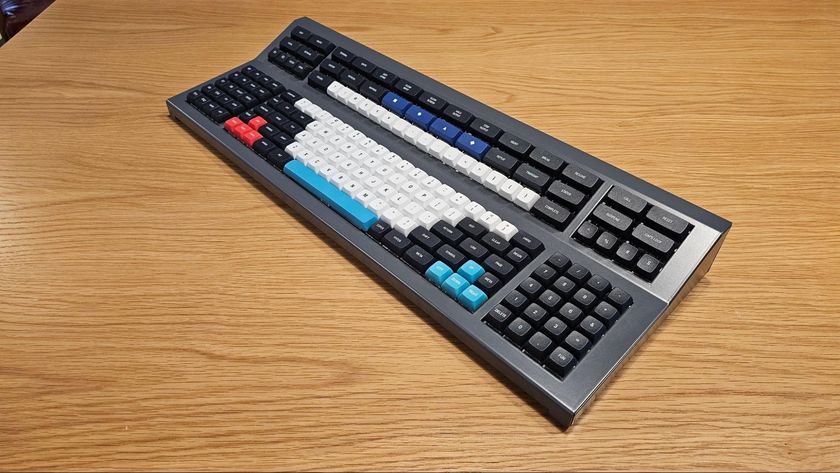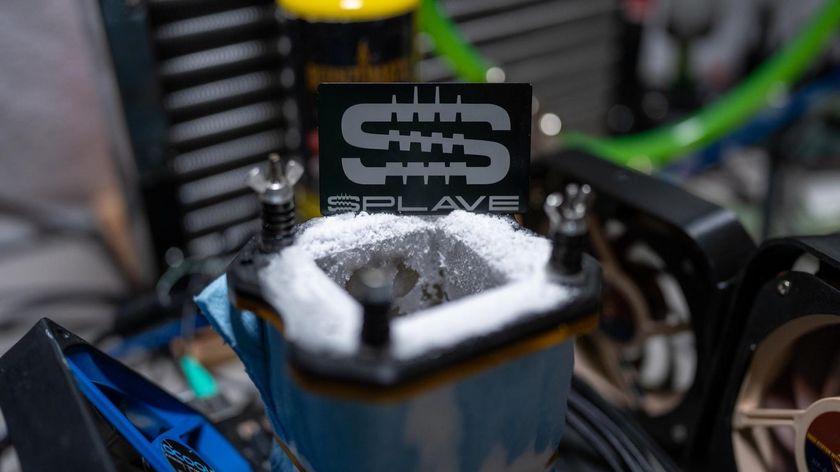The 2.5" vs. 3.5" RAID Challenge
The 2.5" Vs. 3.5" RAID Challenge

Whenever system administrators demand increased data security or storage subsystem performance, they immediately find that a single hard drive is simply inadequate. Multiple queries will push the drive to its performance limits, and the specter of a single drive failure leading to system breakdown and possibly data loss is simply unacceptable.
The most common way of providing good reliability and performance is to create a RAID array, where RAID stands for Redundant Array of Independent (or Inexpensive) Disks. To create one, all you need is an intelligent controller and an appropriate number of hard drives. Jointly, these resources make it possible to increase performance while reducing the probability of a breakdown caused by a drive failure.
In the past RAID setups used to be quite expensive, since one had to use high-priced SCSI devices. However, cheaper controllers based on IDE (UltraATA/100) have now been around for some time, and ones using Serial ATA are also becoming available. These allow fast, cheap, and high-capacity desktop hard drives to be used for RAID arrays.
With Seagate's introduction of its 10,000 RPM 2.5" Savvio drive family, discussion about high-density storage solutions has emerged. 2.5" drives require far less energy than 3.5" drives, and common models (except for the Savvio) don't even require any cooling. We wanted to see how an array consisting of common SATA 2.5" hard drives would compare to a conventional one using 3.5" units. This shootout is particularly interesting as we compare hard drives at a similar price point of $ 120 each. Let's have a look.
Stay On the Cutting Edge: Get the Tom's Hardware Newsletter
Get Tom's Hardware's best news and in-depth reviews, straight to your inbox.
Current page: The 2.5" Vs. 3.5" RAID Challenge
Next Page 2.5" Vs. 3.5" - Storage Density Allows For High I/O Performance-
If you look closely you will see that this review compared 5400rpm 2.5" drives with 7200rpm 3.5" drives.Reply
Which makes it completely useless and flawed. I seriously can't believe Tom's did that. Maybe if there had been 5400rpm 3.5" drives included, some useful information could be gleaned from the tests.
This entire article should be deleted just to save face, if not disk space. This article's very existence makes me embarrassed for Tom's Hardware. -
AgreeReply
This is ridiculous
the outside speed of the platter !!
I cannot believe it .. you wait one turn never mind where your data are located and at 7200rpm your platter may be 1 meter in diameter it is not going to change anything it will stl be one rouind trip
You will wait one turn ( 1/7200th of a second )
It ain't go faster nor slower mechanically
The heads are another story












